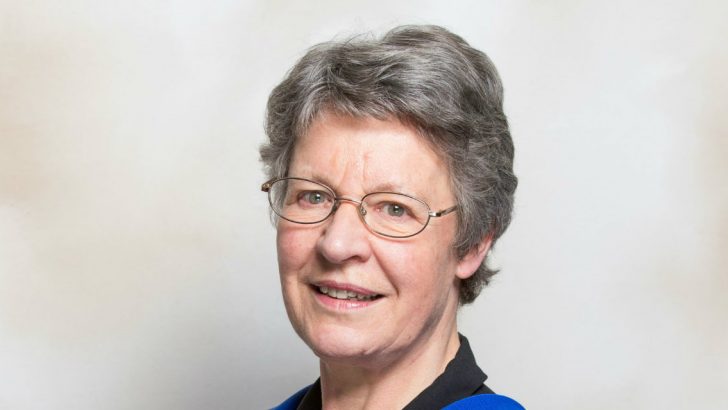The Notebook
Fr Conor McDonough
March 8 is International Women’s Day, a day set aside for celebrating the achievements of women and campaigning in favour of equality. Recent years have focussed on celebrating pioneering women scientists and encouraging girls to choose STEM subjects (science, technology, engineering, and mathematics) at school and university.
Even in the 20th Century, the gifts of many women scientists were neglected. Jocelyn Bell Burnell co-discovered pulsar stars in 1967, but the Nobel Prize for the discovery was awarded only to her male supervisor. Likewise with Rosalind Franklin’s contributions to the discovery of the structure of DNA, recognised only after her death. Cambridge University, that epicentre of modern scientific research, only admitted women to degrees in 1947. The first female professor of engineering was appointed in 1998, chemistry in 2001, mathematics in 2002.
Gifts
How is it that women’s intellectual gifts were neglected for so long? That question is far too large even to begin to answer here, but it’s worth noting that there are some exceptions to the general neglect, one of which is very surprising indeed: the women scientists supported by the patronage of Pope Benedict XIV (Prospero Lambertini) in 18th-Century Bologna.
The first of these pioneering women is Laura Bassi (1711-1778). As a child, her prodigious intellect was spotted by the family doctor, a professor at the University of Bologna, and he undertook to tutor her privately in the sciences. At the age of 20 it was time to display her intellectual talents to the great and the good of Bologna, including Archbishop Lambertini. The examiners were so impressed that she was awarded a doctorate – the second woman ever to be granted this degree – and, a year later, during a series of celebrations organised by Lambertini, she was named an honorary professor at the university.
Experiments
Bassi married and had 12 children, and most of her teaching, including experiments, took place in her family home. Her teaching and research was based on the work of Isaac Newton, still relatively new and controversial. At the age of 65, just two years before her death, she was named full professor of experimental physics at the university, the first woman ever to hold such a role.
A few years younger than Bassi, the Milanese mathematician Maria Gaetana Agnesi was similarly prodigious as a child. Her proud father used to invite the learned men of the town to come and listen to her discuss questions in mathematics and physics, and he had her tutor her siblings – all 20 of them! She was exposed to new developments in mathematics under the tutelage of Ramiro Rampinelli, a Benedictine monk, and at the age of 30 she published, to universal acclaim throughout Europe, an introduction to mathematical analysis.
One of those doing the acclaiming was Lambertini, now Pope Benedict XIV. He wrote to her, saying that he had studied mathematical analysis “in the flower of [his] youth”, and knew enough to know that she was at the top of her field. He was no longer Archbishop of Bologna, but since Bologna was in the Papal States he still had authority there, and he used this authority to name her professor of mathematics there: another first for women in science.
Agnesi never took up her post, however. She had made her contribution to mathematics, and was determined now to devote herself to the Lord by studying theology, and serving the poor, homeless, and elderly of Milan. This great genius was also a great saint, and she spent the rest of her life fully engaged in works of charity.
Bassi and Agnesi: two pioneering women scientists supported and celebrated at the heart of the Church centuries before more secular institutions woke up to the intellectual talents of women.
History is full of surprises…
***
When he became Pope, Lambertini set up an academy for the greatest scientists of the day: the ‘Benedettini’. Despite objections from some of the other members, he named Laura Bassi as the 25th member of this elite group.
Today there still exists a distant descendant of this academy – the Pontifical Academy of Sciences (www.pas.va) – and it has counted among its members some of the great names: Rutherford, Planck, Bohr, Dirac, Heisenberg and Hawking. If you want to know the current state of the ‘conversation’ between the Church and the natural sciences, it’s well worth visiting their website.


 Jocelyn Bell Burnell
Jocelyn Bell Burnell 